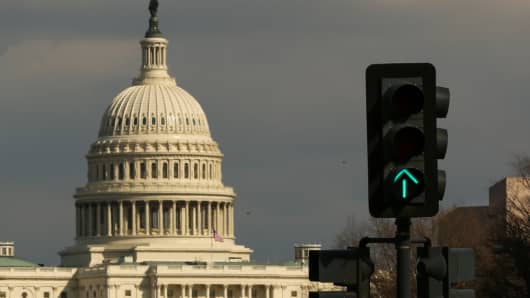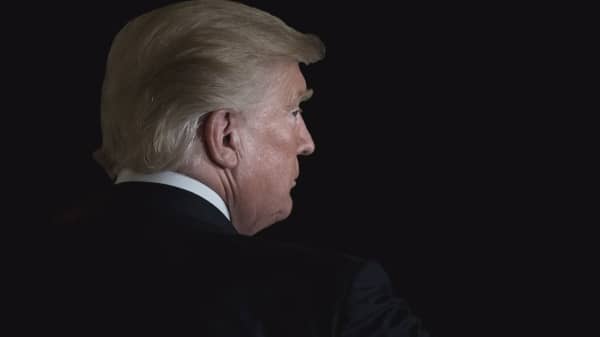To better analyze the impact of these long distance donors on this year's midterm elections, CNBC has partnered with the Center for Responsive Politics to track where the cash is flowing. As campaign finance has become increasing concentrated among a relatively few individual donors and committees, these funding sources have taken on an outside influence on the outcome of the American elections.
Still, tracking and analyzing the flow of money in American politics is fraught with pitfalls and roadblocks created by the reporting system set up by Congress and later shaped by court rulings that have created loopholes for donors willing to take the trouble to try to avoid reporting where their money is going. Following a series of federal court rulings in 2010, so-called super PACs are now able to raise unlimited amounts from individuals, industries, unions, corporations and other groups and make "independent expenditures" targeting a specific issue, party or candidate.
In some cases, the source of campaign funding isn't reported at all. This so-called "dark money" is raised by nonprofit, tax-exempt groups that don't have to disclose where their funds come from as long as they don't coordinate their activities with a specific candidate or party committee.
Despite the increasing influence of this loosely reported spending, the bulk of the money financing this year's midterm elections comes from individuals, companies, and organizations that disclose their donations. Some of that money comes from small contributions that are not itemized, so it's impossible to determine whether the donor was a constituent in a given district or an outside party trying to influence the outcome.
But most of the money can be tracked. Of the roughly $1.2 billion in direct contributions raised so far, only about $190 million represent contributions from individuals who have not been itemized with geographic data. That provides a window into where the money is coming from and which races are drawing the most attention from outsiders
Here are five key races that have drawn outsized campaign contributions from long distance donors who won't be voting in the districts they're targeting.





